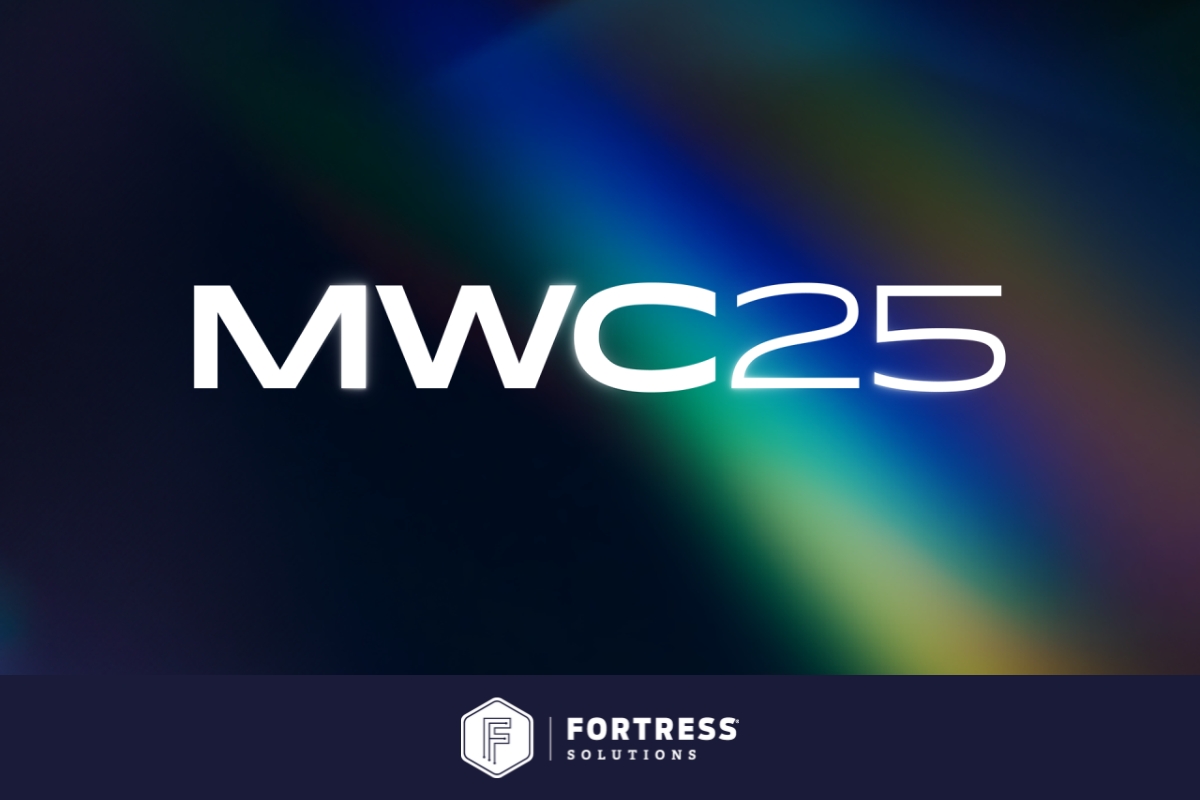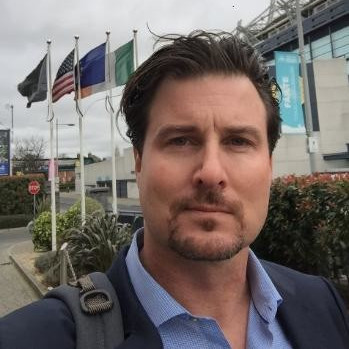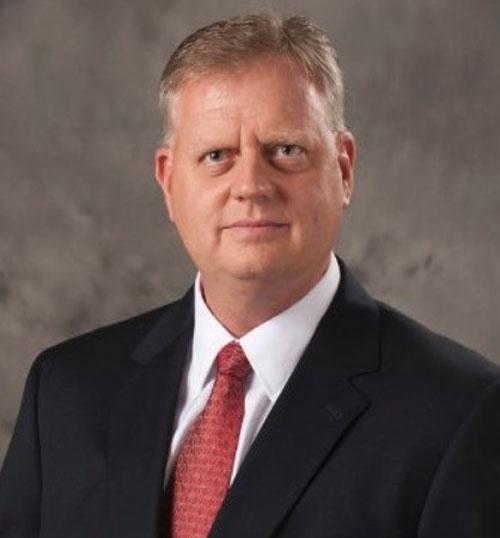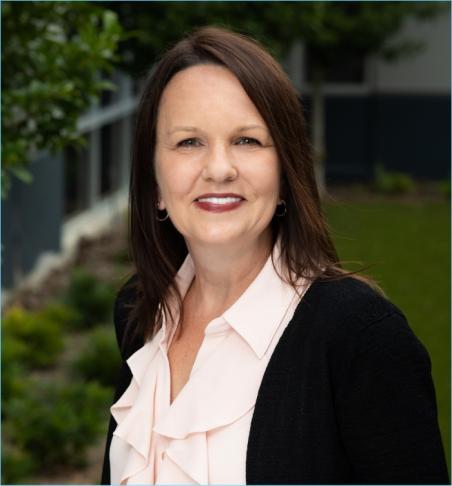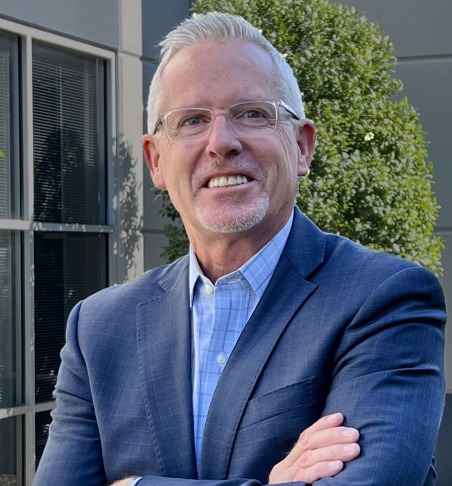Many enterprises and telecom companies find it challenging to maintain advanced technical support (ATS) services in-house. Telecom companies, in particular, struggle to cost-effectively and efficiently manage complex infrastructure, legacy labs, and highly skilled staffing requirements. In this Q&A, we sit down with Gradie Winslow, VP of Sales at Fortress Solutions, to discuss why major telecom companies are choosing FortressONE to comprehensively meet their ATS needs.
Outsourcing ATS: Cost, Efficiency, and Scalability Advantages
Why are enterprises and telecom companies outsourcing ATS to Fortress Solutions?
Gradie: Cost, efficiency, and scalability are common drivers for both. However, it’s important to understand that enterprise and telecom ATS requirements differ significantly.
What is the primary difference between enterprise and telecom ATS?
Gradie: Consumer-facing enterprises typically train ATS representatives for weeks or months. In contrast, telecom ATS staff require years of hands-on technical experience to provide tier-2 and tier-3 support for complex infrastructure. A growing skills gap, particularly in telecom, is why many companies turn to our team of subject matter experts (SMEs).
How does Fortress Solutions handle specialized ATS staffing requirements?
Gradie: Our recruiters excel at hiring technical candidates with years of telecom experience, rapidly building specialized teams to staff labs and operations centers. Streamlined hiring practices help us quickly adapt to dynamic project and staffing requirements.
Can you provide a recent example of Fortress Solutions establishing a specialized ATS team?
Gradie: A major telecom company asked us to support a specialized legacy network supporting financial transactions, lotteries, and public safety networks. We quickly identified and hired several experts capable of providing ATS for both the infrastructure and the customers applications.
Managing Ops Centers and Labs for ATS and Field Services
How does ATS differ from Field Services? Are the two complementary under the FortressONE umbrella, with technicians in an operations center or lab supporting field technicians and repair crews in real time?
Gradie: Yes. All of our ATS technicians in labs and operations centers have real-world, hands-on experience, enabling them to remotely assist their counterparts in the field. Although most ATS contracts include an onsite component, we typically resolve issues from our labs and ops centers via remote connections and sometimes live video feeds or images.
What are the key advantages of outsourcing telecom lab operations to Fortress Solutions?
Gradie: Firstly, telecom companies can offload the costs of running multiple labs, especially those with hard to maintain legacy equipment. Secondly, our labs allow us to efficiently and cost-effectively handle troubleshooting in-house. We rapidly bring-up and emulate issues across a wide range of applications and infrastructure, including hard-to-find legacy components.
How do the labs and operations centers at Fortress Solutions contribute to the scalability and efficiency of ATS services?
Gradie: When necessary, we can cross train ATS technicians in our labs, enabling seamless collaboration between ATS, Field Services, and Signature Repair teams. Our operations centers and labs can also function as Global Logistics hubs, optimizing shipping and receiving processes for critical components during routine maintenance or upgrades.
Can you provide a recent example where Fortress Solutions built or expanded its lab to support a specific customer or use case?
Gradie: A telecom company with a legacy fiber optic network asked us to manage specialized video infrastructure maintenance. The first step was determining whether we could source the necessary equipment for our lab. We quickly realized we might need to obtain surplus equipment from the customer since some items weren’t readily available on the secondary market.
How did you overcome this challenge?
Gradie: We included the customer-supplied equipment in our bid requirements. The customer loaned us the equipment to build out our lab and offered to supply more if needed.
ATS Protocols for Component Repair or Replacement
What protocols do the ATS team follow before a decision is made to repair or replace equipment?
Gradie: If there’s an alert or customer outage, our ATS technicians immediately triangulate the malfunction and diagnose the issue. After identifying the root cause, they determine the fastest way to restore service.
What steps does this include?
Gradie: It could involve rebooting, switching to standby, or replacing a circuit pack. The ATS team will also assess if there’s any spare capacity on another system to move traffic.
How do you source spare parts when replacements are required?
Gradie: There are three levels to sourcing equipment. First, we check if we can buy spare parts from a trusted secondary market reseller. This is the easiest option—we simply place a purchase order. The second level is when components are no longer available, and we can’t find a replacement board with all the necessary parts. In that case, we may need to cannibalize our failed boards and harvest parts to build a replacement.
What happens when neither of these options is viable?
Gradie: We’ll often substitute the component or even redesign the circuit board to accept newer vintage parts, using new parts and adapting them to fit the old design. The customer may also decommission surplus equipment to free up enough spare boards for future use. This process typically involves migrating traffic from one platform to another.
How can telecom companies learn more about ATS and Field Services at Fortress Solutions?
Gradie: They can visit our FortressONE solutions page or reach out to us here.




